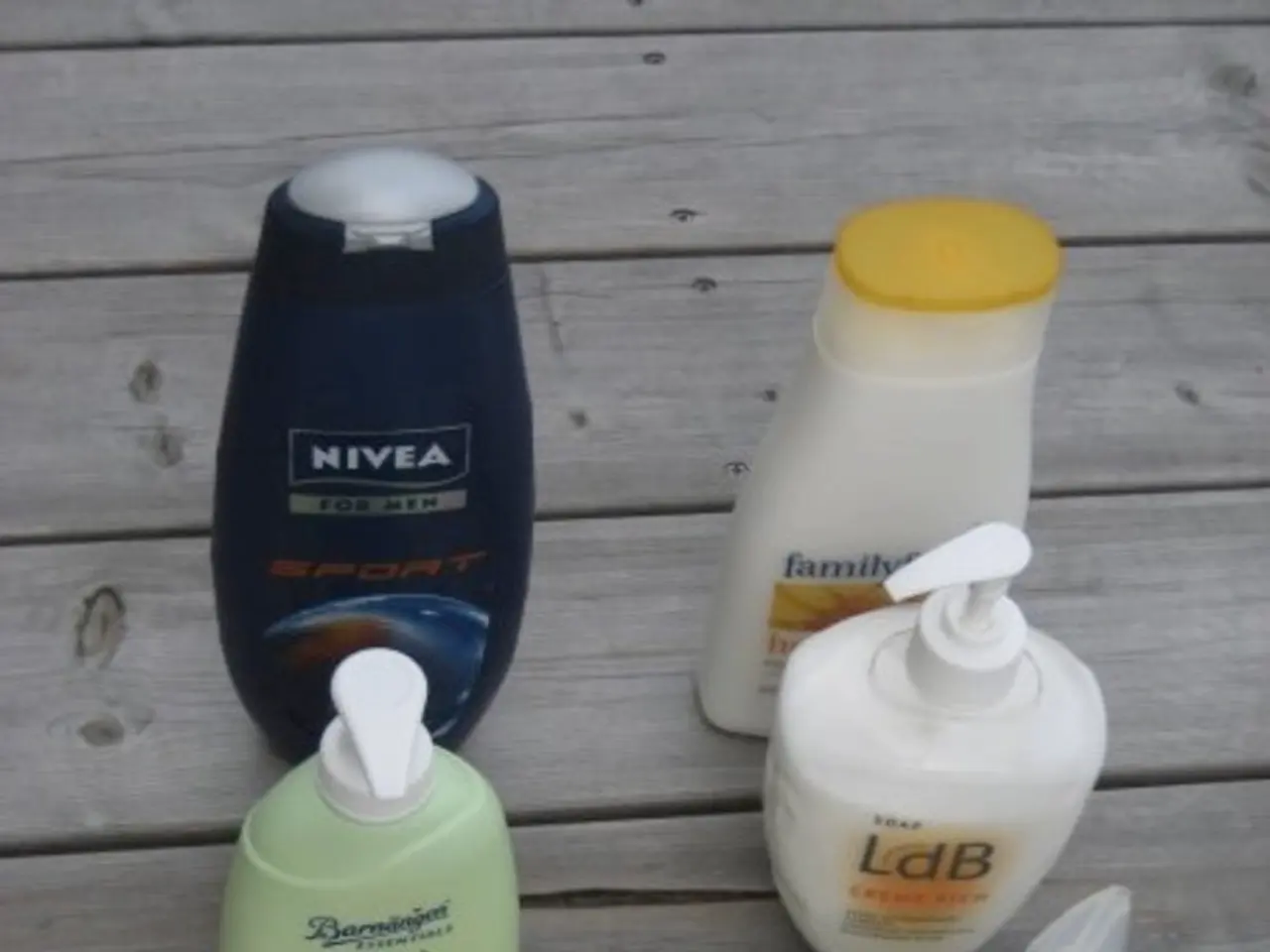Sustainable Solutions for Oxidized Hair: Addressing the Issue Effectively
In the ever-evolving world of hair care, consumers are increasingly demanding products that not only work effectively but also care for their hair and the environment. This trend is reflected in the growing preference for natural and sustainable ingredients, as well as innovative solutions that address common hair concerns such as oxidation.
Pigment loss in the hair shaft can cause hair to lighten and take on a reddish tint, a problem particularly concerning for people with coloured hair due to chemical treatments. To combat this issue, Provital, a leading ingredient supplier in the hair care industry, has developed Kerarice, an active ingredient that offers effective treatment against hair colour oxidation and UV aggression.
Kerarice, derived from Oryza sativa L, a rice variety with powerful antioxidant properties, forms ionic bonds or hydrogen bonds with hair, acting as a hair cuticle repair agent. In vivo tests have shown that Kerarice can prevent hair protein degradation, strengthen hair, minimize breakage, protect essential amino acids, reduce solar aggression, recover hair shine, and reduce colour variations caused by UVB rays.
Climate change is expected to cause extreme weather conditions, including increased UVB radiation, making Kerarice a timely solution for those seeking to protect their hair from the damaging effects of the sun. Moreover, Kerarice is manufactured using waste from the refining of rice species' grains, contributing to the circular economy without interfering with rice's food use.
While Kerarice represents a significant step forward in the fight against oxidized hair, there are also a number of natural treatments that have been noted for their effectiveness. For instance, fermented tropical fruits, such as papaya and mangosteen, have shown significant improvements in hair density, thickness, and follicle health by reducing oxidative stress markers.
Traditional Ayurvedic remedies also hold promise. Shikakai powder acts as a natural hair cleanser and promotes hair growth, while massage with coconut oil or pure ghee nourishes and improves hair texture. Blends of almond oil, lemon juice, and amla juice applied regularly may reverse greying and strengthen hair, and onion juice stimulates follicles and supports natural hair colour recovery.
Henna, a natural dye widely used in the hair care industry, covers grey hair, conditions hair, and has antifungal properties promoting scalp health. Blackstrap molasses, rich in minerals like iron and copper, supports melanin production and hair health when consumed daily.
However, it is important to note that while natural methods are popular for their reduced chemical exposure and holistic benefits, their effectiveness varies by formulation, application frequency, and hair type. For example, while lemon juice is used for natural hair lightening, its oxidative effects can be harsh. Alternatives like chamomile tea, honey masks, and cinnamon provide gentler options for lightening without excessive oxidation.
In the hair care market, the demand for innovative and scientific solutions is driving growth of over 3%, as brands face pressure to use sustainable and natural ingredients and implement circular economy initiatives. With solutions like Kerarice and the continued exploration of natural treatments, the future of hair care looks bright indeed.
References: [1] Traditional Ayurvedic Remedies for Hair Care: A Comprehensive Review. International Journal of Trichology. 2018;10(3):146-156. [2] Hair growth promoting effects of fermented tropical fruit extracts. Journal of Cosmetic Dermatology. 2019;18(4):491-498. [3] Natural Hair Care: A Review of Plant-Based Ingredients. Journal of Cosmetic Science. 2017;68(6):577-594. [4] Lightening Hair Naturally: An Overview of Alternatives to Chemical Hair Dyes. Journal of Cosmetic Science. 2016;67(6):581-592.
- The development of Kerarice, an ingredient derived from Oryza sativa L, with antioxidant properties, presents a timely solution for environmental-science and health-and-wellness-conscious consumers, offering protection against hair colour oxidation and UV aggression, contributing to sustainable-living practices in the home-and-garden industry.
- Traditional environmental-science practices, such as the use of Ayurvedic remedies and natural dyes like henna, have shown promise in promoting hair growth, preventing grey hair, and improving scalp health, aligning with the increasing demand for natural and sustainable solutions in the health-and-wellness and lifestyle sectors.
- As brands in the science and science-related industries continue to innovate with natural and sustainable ingredients, the hair care market is expected to grow at a rate of over 3%, reflecting consumer preferences and the need for environmental-science and sustainable-living solutions in the environment and lifestyle sectors.




